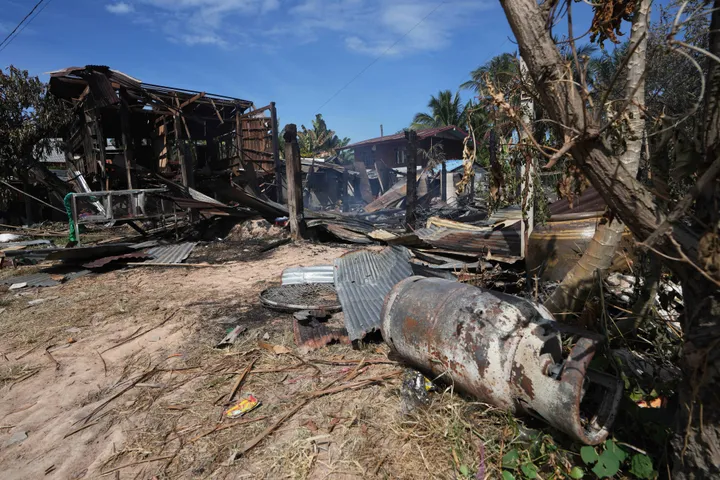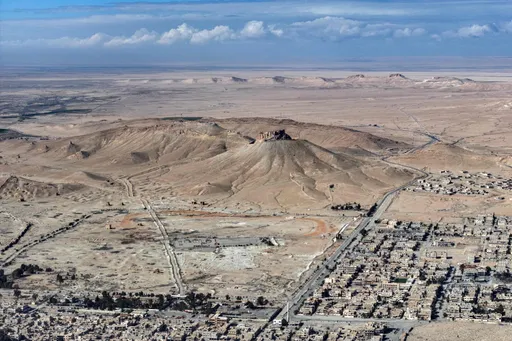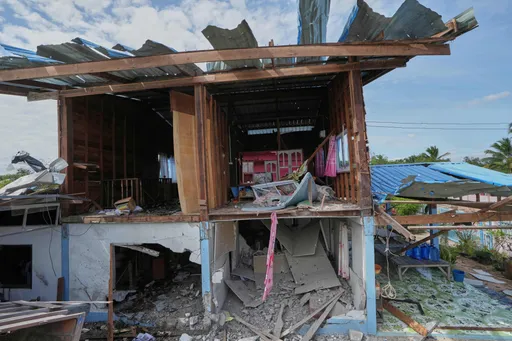The sounds of the Puerto Rican parrots (Amazona vittata) almost went silent a few decades ago. Because of human activity, primarily deforestation, their habitat was vanishing and their population declining.
According to National Geographic, “before European colonization in the 1500s, their population was estimated at a million. By the 1970s, as few as 13 Puerto Rican parrots were left in the wild, confined to one of the island’s only remaining forest patches, the El Yunque.”
Scientists decided that in order to reverse the decline and to save the species, they would raise Puerto Rican parrots in captivity. They pulled it off, even though the Puerto Rican parrot is still considered a critically endangered species, especially because their population was decimated after hurricanes Irma and Maria.
The small green birds raised in captivity may pose a new problem to integration with the wild population: the captive and wild groups have different dialects.
Based on a 2020 study named “Conservation practices and the formation of vocal dialects in the endangered Puerto Rican parrot, Amazona vittata” that was published in Animal Behaviour, National Geographic notes “captive parrots have developed an entirely new dialect, a phenomenon that has not been observed before in other captive bird populations, says study leader Tanya Martínez, a conservation biologist with the Puerto Rico Department of Natural and Environmental Resources Puerto Rican Parrot Recovery Project.”
The scientists conducting the study, Tanya M. Martinez and David M. Logue recorded the sounds of four parrot populations, two captive and two wild, and compared the results. Their conclusions were “fine-scale acoustic analysis revealed vocal divergence in all four populations. The geographical variation in vocal signals evolved over a time span of 10–40 years, demonstrating that cultural traits can evolve rapidly in managed parrot populations. Parrots that were translocated between populations adopted the new vocal signals.”
National Geographic asked biologist Timothy Wright of New Mexico State University – who wasn’t a part of the research team – for comment. According to Wright, parrots need to be able to communicate with their peers “to be successfully reintroduced [from captivity into the wild]”.
“If you can’t indicate to others that you’re part of their group, you might not gain the benefits of being part of that group,” the benefits being things such as joining flocks to evade predators and working together to find food, Wright says.
Martinez and Logue suggest that “Vocal divergence in this species likely resulted from a combination of historical rearing practices, cultural drift and geographical separation,” recommending that “managers should consider strategies to facilitate the acquisition of foreign vocal signals prior to release.”
The repopulation programme
The US Fish and Wildlife Service set up the first group of captive-born Puerto Rican parrots in 1973, National Geographic notes. The captive-born flock was geographically not very distant from the territory of the wild parrots of El Yunque forest.
What the US Fish and Wildlife scientists didn’t foresee, however, was the effects of using a different species of parrots to raise the chicks of the Puerto Rican parrot chicks. They picked closely related Hispaniolan parrots from Haiti and the Dominican Republic and used them as surrogate parents to the Puerto Rican population.
However, this resulted in the new generation of the captive Puerto Rican parrots having a different dialect than the wild Puerto Rican parrots.
The four populations of parrots were two each (one captive and one wild) at El Yunque and Rio Abajo State forest. Tanya Martinez recorded them all, and compared notes on their calls using a visualisation. The spectrograms, the visible version of the parrots’ caw and chi sounds, were analysed by Martinez and Logue and revealed the differences between the captive and wild populations.
National Geographic cites Martinez as commenting “being exposed from an early age to the Hispaniolan parrots’ calls while being separated from elders of their own species likely set the stage for the captive-raised birds to develop new vocalizations.”
Yet while that may have been the origin of the diversification of the parrots’ calls, the study also revealed that, National Geographic wrote, “each subsequent time the conservationists broke the birds off into new groups, tiny innovations crept into their calls. The captive Rio Abajo group began to sound distinct from its captive parent flock in El Yunque—and after the Rio Abajo captive birds were released into the Rio Abajo forest, the calls changed again.”
The significance of the reintroduction and repopulation project was revealed when hurricanes Irma and Maria devastated the wild parrot populations in Puerto Rico. Thanks to the project which bred birds in captivity to be reintroduced to the wild, the species was not entirely wiped out.
Learning the language
National Geographic has also talked to wildlife biologist Thomas White who has worked with the US Fish and Wildlife Service’s Puerto Rican Parrot recovery program for more than 20 years.
White comments that while some Puerto Rican parrots were able to adjust to a new dialect after being transferred to a new population, not all birds showed this talent.
“It’s just like humans learning a foreign language—some people pick it up much quicker and easier than others,” White says.
In order to ease the transition of captive birds into the wild and to teach them how to “speak” the wild ones’ language, the program now uses reintroduced parrots as tutors.
Conservationists nowadays place captive birds about to be released into the wild at El Yunque forest together with wild birds so they can “watch, listen to, and learn from their soon-to-be peers”, National Geographic points out. They have also stopped using Hispaniolan parrots to raise Puerto Rican parrot chicks as the Puerto Rican population has reached healthy numbers and Hispaniolan parrots are no longer needed as surrogates.
In 2020, National Geographic reports, the team released 30 captive parrots into El Yunque forest to replace the wild parrots that were killed by the hurricane. While the captive ones will never fully use the same dialect as the perished wild Puerto Rican parrots, they are a ray of hope in the repopulation efforts taking place on the Caribbean island.
























